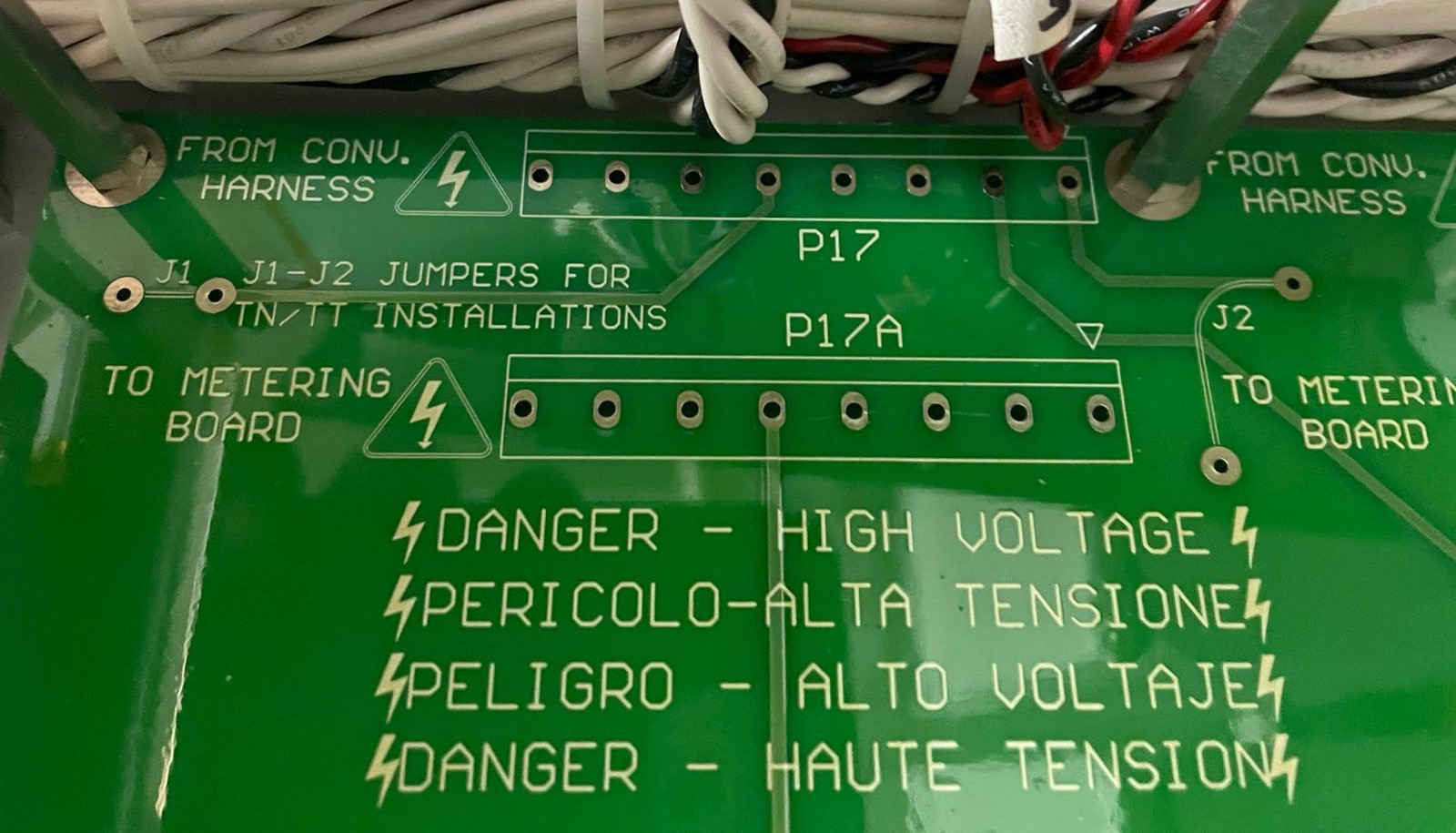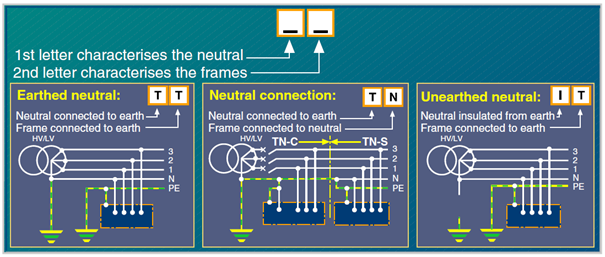When you’re working with marine electrical systems, grounding is the foundation of everything. It’s what keeps things safe, stable, and reliable—especially when you’re managing seamless transitions between shore power and onboard generators. For ASEA Power Systems, grounding takes on particular importance when working with the three main earthing systems: IT, TT, and TN-S.
You’re already familiar with these systems, but let’s take a moment to revisit them with a focus on how they impact shore power converters. These grounding setups—IT (isolated neutral), TT (independent ground), and TN-S (separated neutral and ground)—each bring different challenges and requirements when it comes to installation and maintenance.
IT Systems: Isolated Grounding
In an IT system, the neutral is isolated from the earth. This setup is useful when uninterrupted power is essential—if a fault happens, the system keeps running, giving you time to address the issue without shutting down the power. That said, insulation monitoring becomes critical here because the system won’t trip immediately. You need to stay ahead of any insulation faults before they stack up.
For IT systems, you’ll want to ensure that insulation monitoring is in place and working correctly. Without it, you’re flying blind, and that could lead to serious issues. This type of system gives you time, but only if you have the right monitoring tools in place.
TN-S Systems: The Marine Standard
TN-S systems are what you’ll find most often in marine environments. Here, the neutral is grounded, and the protective earth and neutral conductors are kept separate. This is the go-to setup for safe and reliable power distribution, and it simplifies fault detection.
When you’re working with a TN-S system, you’re looking at routine checks to make sure the neutral-to-earth connection is solid. It’s also important to ensure that all protective devices are operating as they should, especially when transitioning between shore power and onboard systems. It’s a stable setup, but like anything, it needs to be maintained to ensure smooth operation.
TT Systems: Independent Grounding
In a TT system, the neutral isn’t grounded at the power source. Instead, each part of the system has its own independent grounding electrode. You don’t see TT systems as often in marine applications, but they do show up when grounding at the source isn’t feasible.
For TT systems, your focus will be on making sure all independent grounding electrodes are correctly installed and functioning properly. This setup requires a bit more attention during installation and maintenance because the grounding points are spread out and need to work in sync to protect against faults.

Understanding IT, TT, and TN-S Earthing Systems with ASEA Shore Power Converters
Now, let’s connect this back to the work you’re doing with ASEA shore power converters. The type of grounding system in place directly impacts how the converter operates, especially during seamless transfers between shore power and onboard generators. Each earthing system has specific requirements, and making sure those are met ensures the converters do their job without any issues.
In an IT system, where a neutral is isolated, it becomes necessary to isolate shore voltage metering as well as isolating Low Voltage Common (LV COM) from chassis ground within the converter. We achieve this by adding an isolation transformer to isolate shore metering as part of our IT option and we isolate LV COM by cutting LV COM to EARTH jumper on each power supply. ASEA converters create a mid-point to monitor voltage and ensure smooth transitions between power sources. This mid-point is generated using a Delta-Wye isolation transformer, which allows the converter to handle seamless transfers.
When setting up an ASEA converter in an IT system, it’s all about making sure that mid-point is properly configured. Without it, the converter won’t be able to perform seamless transfers effectively, and that’s something you’ll want to avoid.
For TN-S systems, things are more straightforward. Since the neutral is already grounded, the converter doesn’t need any extra components. It’s built to handle these transitions smoothly, tracking line-to-neutral voltage and managing power transfers without any major complications.
In this setup, you’re mostly making sure the neutral-to-earth connection is intact and that the protective devices are functioning as they should. The system is designed to take advantage of that grounded neutral to keep everything stable during power transfers.
In TT systems, the neutral isn’t grounded, but ASEA converters handle this by using jumpers J1 and J2 (image below). These jumpers are installed on the IT board to manage the seamless transfers, ensuring the system can keep operating even without a grounded neutral.
When you’re working with a TT system, the focus is on configuring those jumpers correctly. If they’re set up properly, the converter will manage the power transitions just fine. It’s a different approach, but it works effectively once the right configuration is in place.

Why Grounding Systems Matter for Seamless Transfers
Grounding is what makes seamless transfers possible. The type of grounding system in place—whether IT, TN-S, or TT—determines how smoothly the ASEA shore power converter handles the switch from shore power to onboard generators.
In IT systems, the mid-point created by the Delta-Wye transformer is critical for monitoring voltage and making sure the transfer happens without interruption. In TN-S systems, the grounded neutral provides the stability needed for easy monitoring and transitions. And in TT systems, the jumpers make up for the absence of a grounded neutral, allowing the system to keep operating smoothly.
Your role is to ensure the right configuration is in place for each grounding setup. This keeps the converter working properly and ensures that the vessel experiences seamless power transitions, with no interruptions or downtime.
Conclusion
Grounding systems are fundamental to the reliable operation of ASEA shore power converters. Whether you’re working with IT, TN-S, or TT systems, the grounding configuration is critical to how the converter performs—especially when it comes to seamless transfers.
Your expertise in configuring these systems is what ensures that ASEA converters deliver uninterrupted power, regardless of the conditions. By making sure the grounding setup is correct and monitoring is in place, you help keep vessels running smoothly, whether they’re at shore or out at sea.

